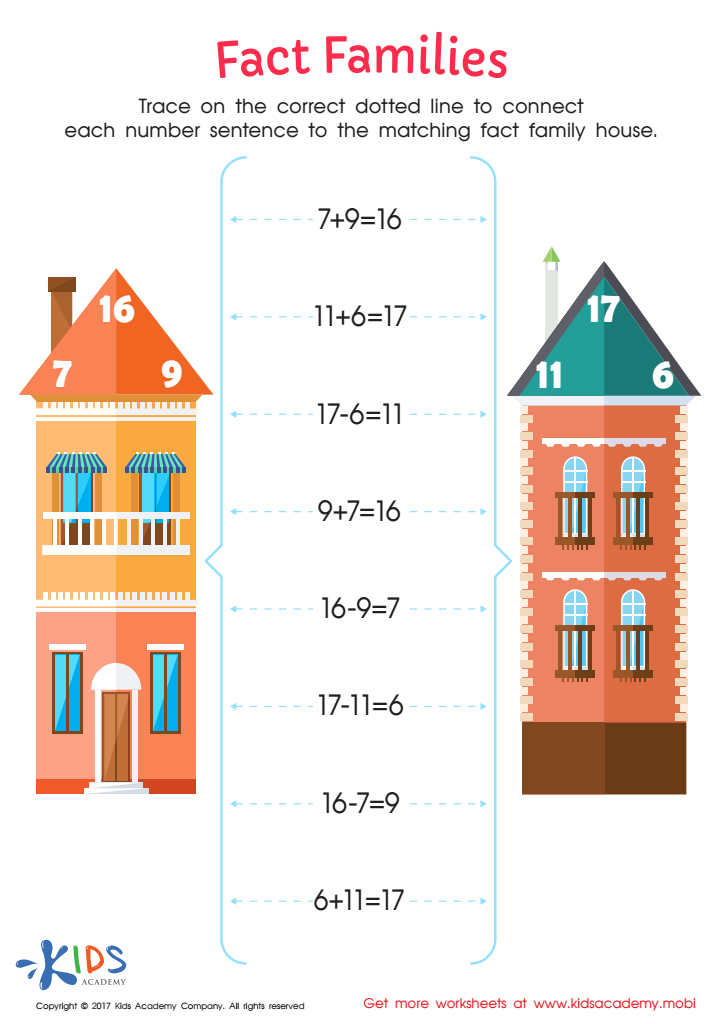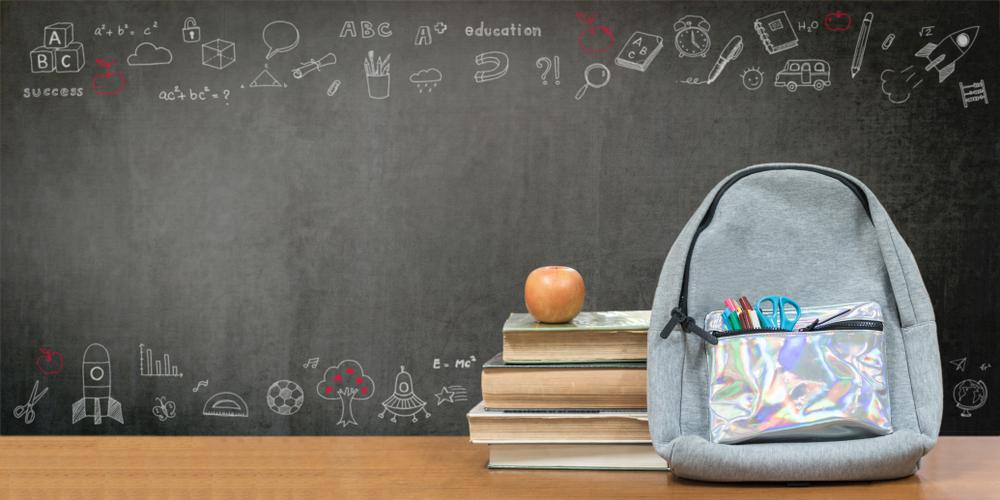Number relationships comprehension Worksheets for Kids
1 filtered results
-
From - To


Fact Families — Add and Subtract Worksheet
Question/Answer
How does the mastery of the Number relationships comprehension skill affect a student's performance at an early age?
The mastery of the Number relationships comprehension skill at an early age significantly boosts a student's mathematical abilities, enhancing their problem-solving, reasoning, and analytical skills. This foundational understanding fosters confidence, facilitates the learning of more complex mathematical concepts, and sets the stage for academic success in mathematics and related disciplines throughout their schooling years.
Why is the Number relationships comprehension skill important for Grade 1 students?
The Number relationships comprehension skill is crucial for Grade 1 students as it lays the foundation for understanding mathematics. It helps them recognize how numbers relate to each other, grasp basic arithmetic concepts, and develop problem-solving strategies. This early numeracy skill is essential for building confidence in math and for future mathematical learning and application in everyday situations.
How to train the Number relationships comprehension skill in Grade 1 students learning about Addition & Subtraction?
To train Grade 1 students in number relationships for addition and subtraction, start with concrete objects for hands-on practice. Use visual aids like number lines and charts. Introduce simple word problems that connect to their daily experiences. Engage them in games that involve adding and subtracting.
 Assign to the classroom
Assign to the classroom


.jpg)









